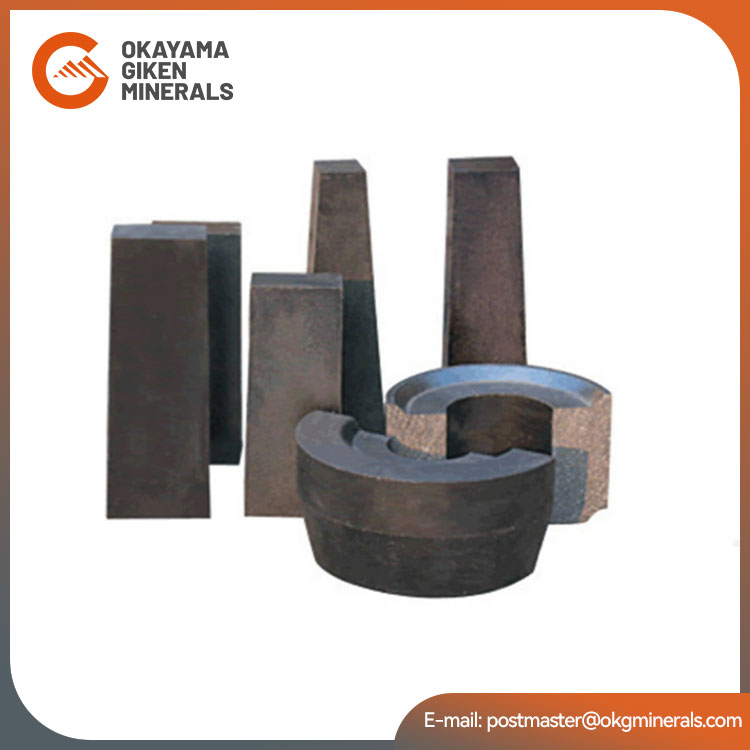What Makes Magnesite Brick an Essential Material in High-Temperature Industries?
2024-12-31
When it comes to high-temperature industrial applications, such as steelmaking, cement production, and glass manufacturing, the choice of refractory material can significantly impact efficiency and longevity. One material that consistently stands out is the Magnesite Brick. But what makes this brick so special? Let’s delve into its unique properties and applications.
What Is Magnesite Brick?
Magnesite brick is a refractory material made primarily from magnesia (MgO), derived from natural magnesite or synthetic magnesia. It’s known for its exceptional resistance to high temperatures, thermal shock, and chemical corrosion, making it indispensable in various industrial processes.
Why Is Magnesite Brick Ideal for High-Temperature Applications?
1. Exceptional Heat Resistance
Magnesite bricks can withstand temperatures of over 1600°C, making them ideal for kilns, furnaces, and other heat-intensive environments.
2. Chemical Stability
These bricks exhibit excellent resistance to basic slags, making them particularly suited for environments where acidic or alkaline materials are processed.
3. Thermal Shock Resistance
Magnesite bricks handle rapid temperature changes without cracking, ensuring durability in fluctuating conditions.
4. Customizability
Magnesite bricks can be tailored to meet specific industrial needs, such as enhanced resistance to specific chemicals or improved mechanical strength.
Where Are Magnesite Bricks Used?
1. Steelmaking Furnaces
Magnesite bricks are extensively used in lining steelmaking furnaces due to their ability to resist basic slag.
2. Cement Kilns
Their thermal stability makes them a reliable choice for rotary kilns in cement production.
3. Glass Melting Tanks
Magnesite bricks provide excellent durability and chemical resistance, ensuring consistent performance in glass manufacturing.
4. Non-Ferrous Metallurgy
Industries processing copper, zinc, and aluminum also rely on magnesite bricks for their high-temperature operations.
How to Choose the Right Magnesite Brick?
When selecting magnesite bricks, consider factors like:
- Purity of Magnesia: Higher purity ensures better performance.
- Application Temperature: Match the brick to the specific temperature range of your application.
- Corrosion Resistance: Evaluate the chemical environment to choose a brick with suitable resistance.
- Compression Strength: For high-pressure applications, prioritize bricks with higher mechanical strength.
Are There Any Challenges with Magnesite Bricks?
While magnesite bricks offer many advantages, they do have some limitations:
- Cost: High-quality magnesite bricks can be expensive.
- Sensitivity to Hydration: Magnesite bricks can absorb moisture, which may affect their performance if not stored properly.
Conclusion
Magnesite bricks have proven to be an indispensable material for high-temperature industries. Their exceptional heat resistance, chemical stability, and durability make them a trusted choice for applications requiring reliability and efficiency.
When choosing refractory materials, consider magnesite bricks as your go-to option for achieving optimal performance and cost-effectiveness.



